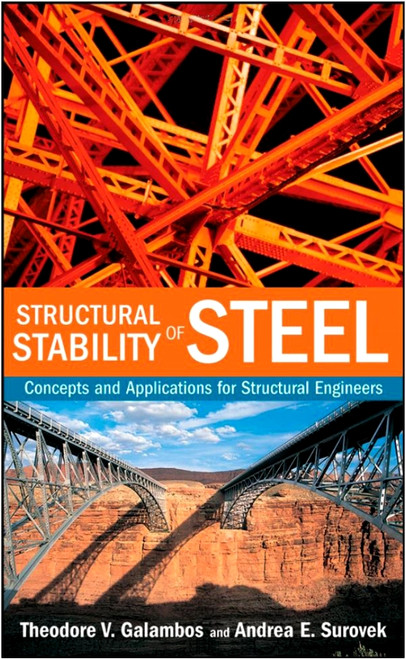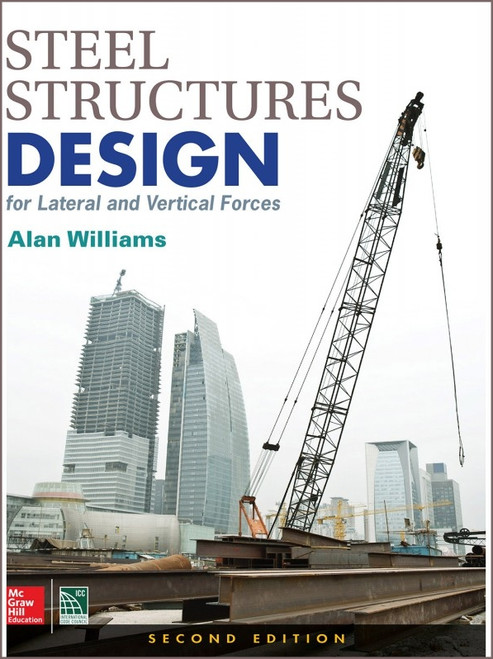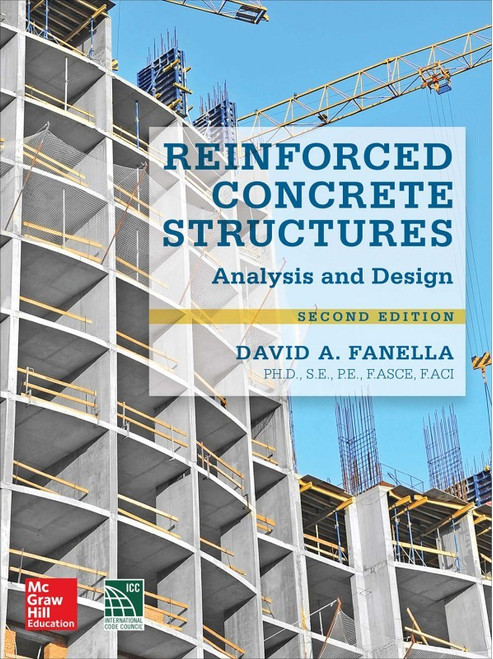Structural Stability of Steel: Concepts and Applications for Structural Engineers is a practical guide to structural stability theory for the design of safe steel structures. Not only does it provide readers with a solid foundation in structural stability theory, it also offers them a practical, working knowledge of how this theory translates into design specifications for safe steel structures. The book features detailed discussions of the elastic and inelastic stability of steel columns, beams, beam-columns and frames alongside numerous worked examples. For each type of structural member or system, the book set forth recommended design rules with clear explanations of how they were derived. Following an introduction to the principles of stability theory, the book covers stability of axially loaded planar elastic systems; tangent-modulus, reduced-modulus and maximum strength theories; elastic and inelastic stability limits of planar beam-columns; elastic and inelastic instability of planar frames; out-of-plane, lateral-torsional buckling of beams, columns and beam-columns. Final chapters focus on the application of stability theory to the practical design of steel structures, with special emphasis on examples based on the 2005 Specification for Structural Steel Buildings (AISC). Problem sets at the end of each chapter enable readers to put their newfound knowledge into practice by solving actual instability problems.
Hardcover.






